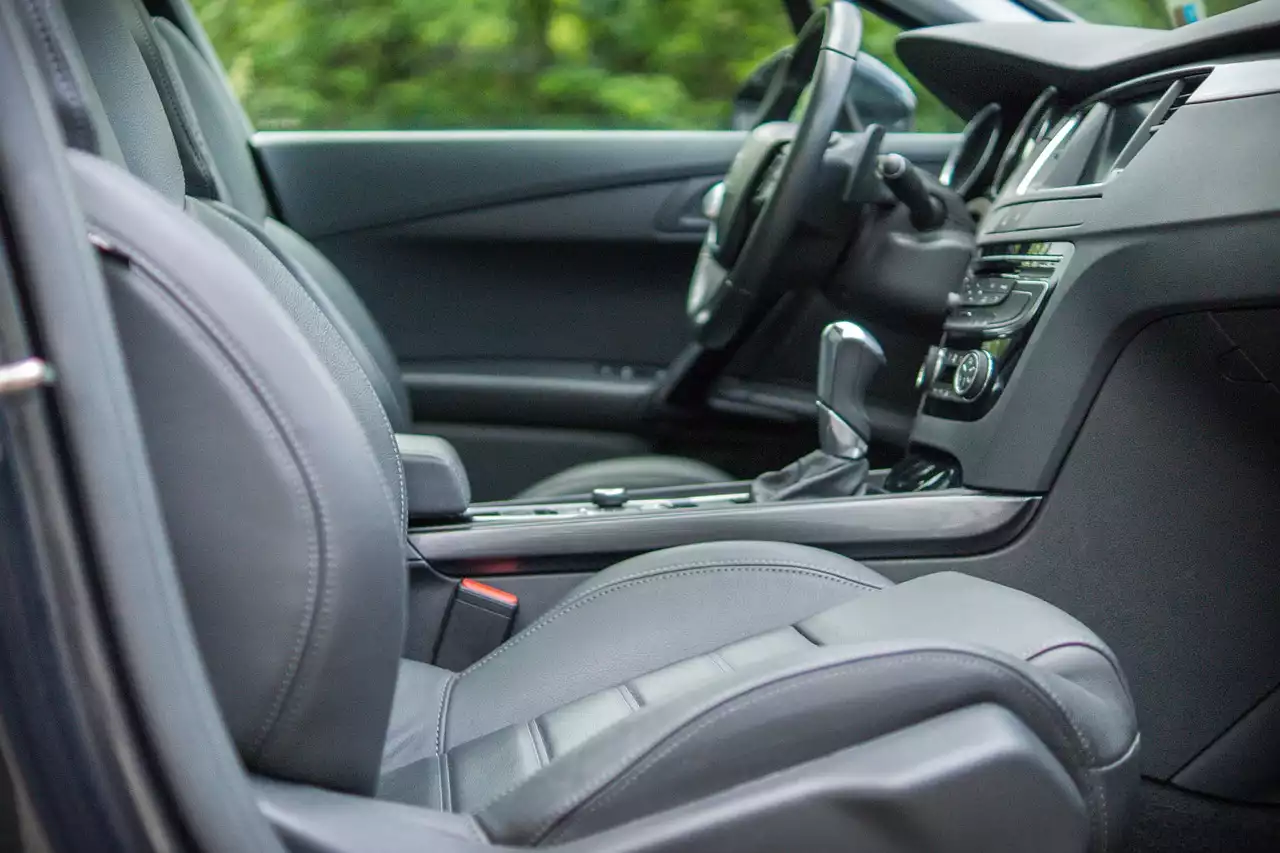When was the last time you saw a car with a robotic arm steering it? Or an infrared camera that looks for speed limit signs? Or a facial recognition system that reads emotions from a driver’s face?
These are some of the modern technologies that have become part of our everyday lives. And now, they’re set to transform the way we drive.
Cars are now packed with features that make them smarter and safer than ever before. Self-parking, lane assist, automatic braking, and many other services require advanced artificial intelligence (AI). So, what do you think of when you hear the word “technology”?
Well, it’s time you got used to it. Technology is going to change the way you drive, and not necessarily in a good way.
Because AI is a fast-paced, ever-changing industry, we’ll be updating this page to keep you informed.
So, whether you’re a technology novice or a seasoned expert, read on for a quick overview of the ways AI is changing the way you drive.
What is Artificial Intelligence?
Artificial intelligence (AI) is a branch of computer science that aims to create intelligent systems that can perform tasks that seem difficult for computers.
The promise of AI has been explored for decades, and recently there have been a number of breakthroughs that have begun to turn AI from a dream into a reality.
One of the most promising areas of AI research is machine learning, which allows AI to “learn” without being explicitly programmed.
By analyzing data and developing algorithms that take into account various factors, machine learning lets AI computers process information and make deductions that were not possible before.
This can be applied to the way AI drives our cars. By watching and analyzing vast amounts of data, AI learns to “drive” like a human driver, enabling cars to automatically steer, brake, and accelerate.
How Deep Learning is Affecting the Way We Drive
Deep learning is a subfield of AI that brings us closer to achieving sentient machines.
Specifically, it is a computer model that enables AI to learn like humans do, through experience.
Deep learning uses neural networks that are inspired by the way humans’ brains work. Neural networks process information in a hierarchical manner, with layers of artificial neurons that are interconnected and can “train” themselves by “learning.”
Thanks to the power of deep learning, computers can now recognize patterns that were impossible before. For example, a deep learning model could be programmed to recognize a street sign by itself, without needing to be shown the sign next to something else.
This is how self-driving cars use deep learning to recognize traffic signs and other obstacles on the road. By analyzing data from a car’s sensors, a deep learning model can “understand” the surrounding environment, allowing the car to drive itself.
Self-Driving Cars
Self-driving cars are still in the testing phase, but there are already many models on the road that are assisted by AI.
These cars usually have some form of self-parking and may help with other driving functions, such as acceleration and braking.
Some models also have collision-avoidance systems that help the driver avoid other cars.
To drive these cars safely, drivers need to be constantly aware and ready to take over when needed. Because these cars don’t have drivers who can easily fall asleep or take their eyes off the road, the focus is on the driver’s workload and attentiveness.
Automatic Steering
While human drivers control the direction their cars are going, AI can be used to make the driving experience more relaxing.
This is how many car manufacturers are now offering “steering wheels that don’t steer.” The cars are equipped with an AI system that can sense if the driver is attentively controlling the car and, when that seems to be the case, steer itself.
This is helpful for highway driving, when the driver’s attention is focused on something else. But even in more relaxed city driving, the car can help by maintaining a set distance from other vehicles and pedestrians.
Intelligent Cruise Control
Another aspect of driver workload reduction is using cruise control. When set at a certain speed, this function can automatically adjust the speed of the car to maintain a set distance from the vehicle ahead of it.
If the car ahead slows down or stops, the cruise control can instantly react and stop.
Some cars also have park assist, which can parallel park or grab a spot in a crowded parking lot.
Like automatic braking, these features require the car to “understand” its surroundings. This is why every car is equipped with sensors that detect the location and type of obstacles in the vicinity.
Telematics and The Future of Car Technology
Although self-driving and assisted driving are still in their infancy, they are becoming more widespread.
Since they require a lot of technology to work, most car manufacturers are now offering telematics as standard equipment.
These usually consist of a device that plugs into the car’s cigarette lighter and a smart phone app that allows you to track the car’s location, view reports, and earn status points.
Conclusion
As you can see, AI is transforming the way we drive. It has the potential to make driving safer and more efficient. But it will take time for these technologies to be implemented on a large scale.


 The Role of AI in Video and Podcast Production
The Role of AI in Video and Podcast Production AI and Predictive Analytics: The Future of Data-Driven Insights
AI and Predictive Analytics: The Future of Data-Driven Insights
 What is Lithium Metal Used For?
What is Lithium Metal Used For? What Are Embedded Computers in Automobiles?
What Are Embedded Computers in Automobiles? Automobiles – What are Self-Driving Cars?
Automobiles – What are Self-Driving Cars? Automobiles – The Future of Electric Cars
Automobiles – The Future of Electric Cars Automobiles - Flying Cars Today and Tomorrow
Automobiles - Flying Cars Today and Tomorrow